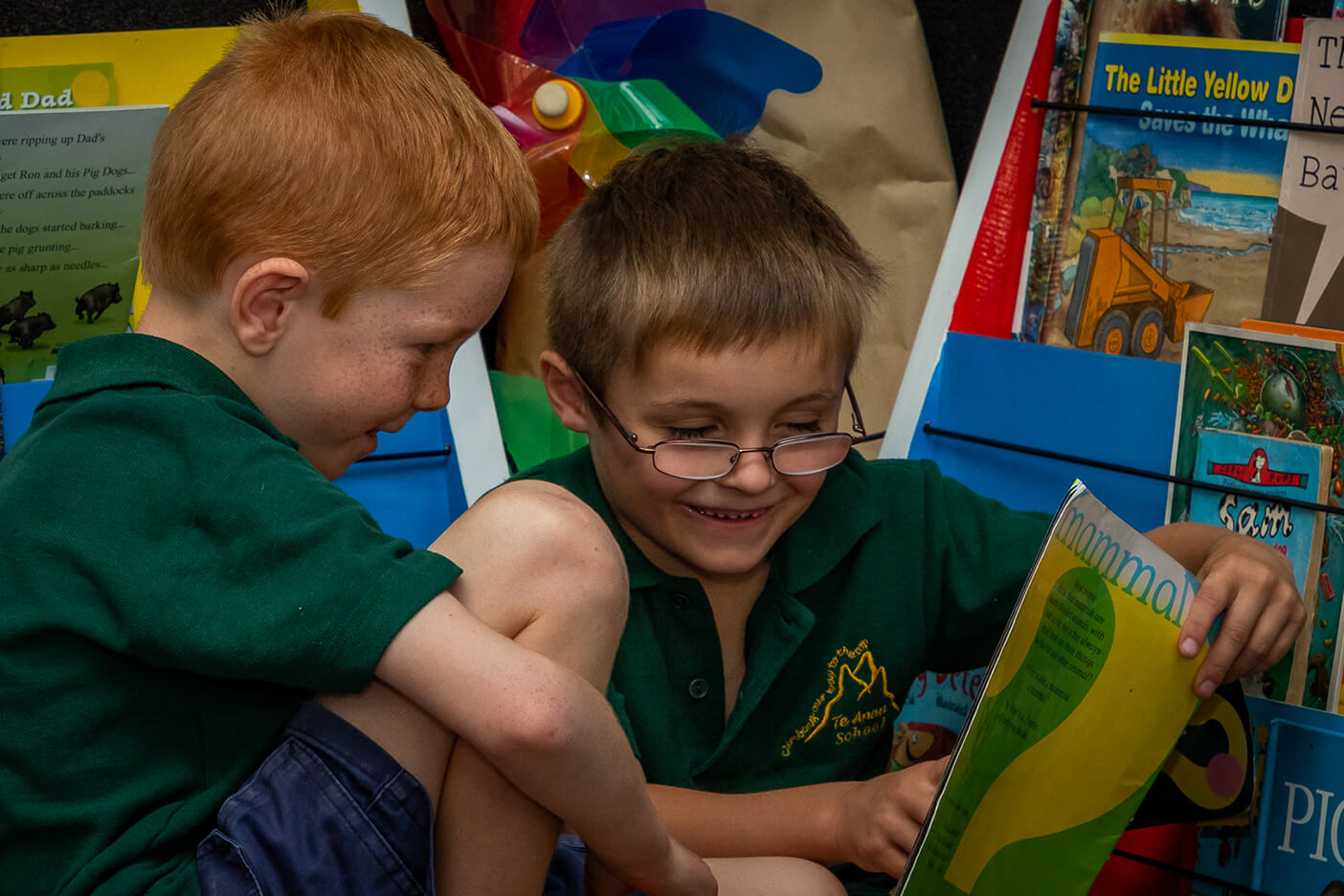
Marie Clay (distinguished researcher in the field of emergent literacy) says, "The more formal the school’s instruction (engineered by the teacher to meet the education system’s requirements), the more bewildered some new pupils can become. The teacher and the system must take into account that the child’s prior learning may not have prepared him/her for many new experiences such as:
- How to work with a large group of children
- How to obey institutional rules
- How to meet the minute-by-minute demand of the teacher
- How to compete for her attention with other children
Every child who turns five and enrols in Te Anau School will start their schooling in the Foundation Class.
The length of time your child stays in the foundation classroom depends on their needs and level of development. The minimum length of time is 4 weeks as every child still needs to adjust to primary school. The teacher also needs this time to ascertain the child’s “readiness to learn”.
The Foundation Classroom is designed to make the transition from early childhood to primary school as smooth and enjoyable as possible. Friendships are an integral part of this however, each child’s length of time in the Foundation Class depends on the level of foundation skills they have when they start school. Depending on the individual needs of the child, some children may progress through to the next class before their friend/s or visa versa.
The decision to move your child through to the next class is done through consultation with the parents. The teacher will develop a clear picture of the child’s readiness and will make the recommendation to the parents.
Mrs Dawn Hansen is the teacher of the foundation classroom. Once the child is ready, they will progress through to Mrs Lynne Smith who is the teacher of the new entrant/Yr 1 class. Students who move through later in the year they will move through to Room 7.
The Foundation Skills include:
Move to Learn is a “PMP” programme which stands for Perceptual Motor Programme. “PMP aims to teach a child perceptions and understandings of him/her self and their world through movement and motor experiences”. (Bulluss and Coles).
There are 4 aims of the programme.
‘Move to Learn’ aims to give the child experiences in seeing, hearing, touching, making perceptual judgements and reacting through carefully sequenced activities which they enjoy doing. These include running, hopping, skipping, jumping, balancing, crawling, climbing, throwing, catching, bowling, sliding etc.
Yes, it is legislated that every child who starts school must be assessed and reported against the National Standards after 20, 40, 60, 80, 100 and 120 weeks of school and after 4, 5, 6, 7 & 8 years of school.
Absolutely! All learning areas of the NZ Curriculum are taught and assessed as part of their normal schooling
The priority of the foundation class is to prepare the children for formal learning by developing the body awareness, balance, fine and gross motor skills they require to learn in formal learning situations. Therefore the children will participate in a regular ‘Move to Learn’ Programme which builds and consolidates these skills. Move to Learn is an active and fun way of building these skills.
All subjects of the NZ Curriculum including Reading, Writing and Maths are still taught daily, however lessons are structured to be in a slightly lesser duration of sitting and listening. More emphasis is put on active learning through movement.
Orbell represents the five core learning dispositions we believe are important for a Te Anau School Learner
Orbell is wearing a greenstone necklace (pounamu) representing Fiordland/Milford Sound, the Te Anau School uniform to show our uniqueness and pride and a friendly and welcoming smile just like a Te Anau learner.